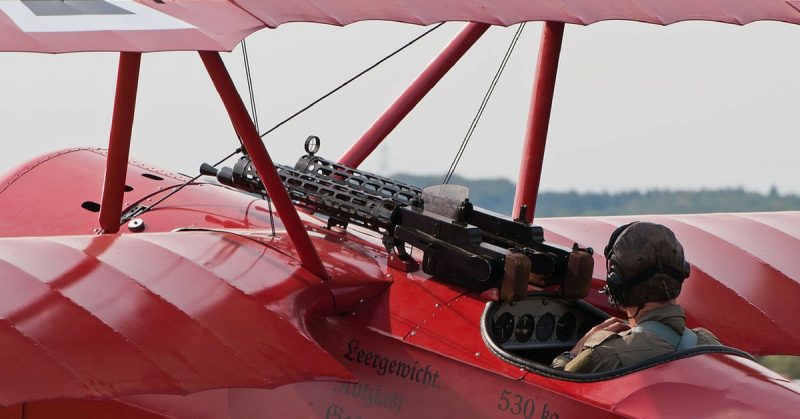Albatros D Series
The Germans fielded five variations of the Albatros D fighter. Each one was built with aerodynamics in mind, pushing forward the maneuverability of German fighters. From the appearance of the DI in the spring of 1917, each Albatros D, in turn, gave the Germans a brief period of aerial superiority before their opponents regained the edge. It was a pattern that was experienced by almost every aircraft and manufacturer of the war.
Bristol Fighter
Introduced by the British in September 1916, the Bristol Fighter was the best two-seater fighter of the war. The pilot had a centre-mounted Vickers machine-gun, and the observer/gunner was equipped with a Lewis gun. Its firepower made it deadly in the air. When the Royal Air Force was formed in 1918, its first combat mission used a Bristol.
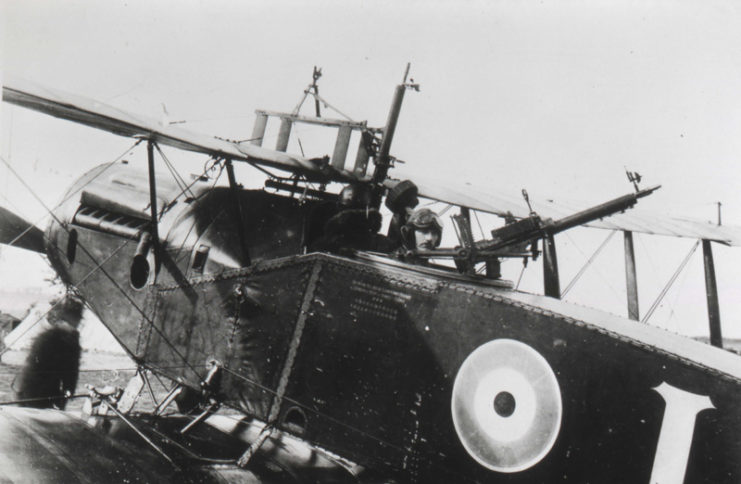
Caudron R.11
It was an unusual French plane. A three-seater, it was designed to be a reconnaissance bomber but found its niche acting as an escort fighter. An aerobatic machine equipped with five Lewis machine-guns, it soon racked up a stream of kills.
To reduce drag, the engines were housed in streamlined nacelles. In later models, the rear sections of the nacelles and their auxiliary fuel tanks could be jettisoned in emergencies.
Fokker Eindecker
A single-wing plane, the Eindekker was already in use by German forces at the start of WWI. It was not an outstanding aircraft in its own right but became significant as the first fighter to be fitted with Fokker’s interrupter gear. It enabled a pilot to aim a forward-mounted machine-gun simply by pointing his plane. Legendary air ace Max Immelmann got the first kill with an Eindecker on August 1, 1915, beginning a period of German superiority in the skies.
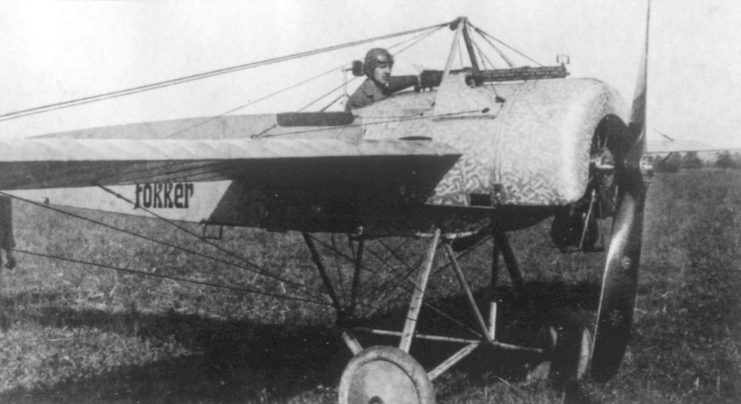
Fokker Dr.I Triplane
This plane reached the front lines in October 1917. Its three pairs of wings made it slower than the best planes already in the skies but highly maneuverable. It quickly became the favorite plane of Manfred von Richthofen, the Red Baron.
Unfortunately, the Dr.I’s structure had defects. As it sometimes tore apart during dives, it was withdrawn from service. Anthony Fokker created a custom Dr.I with an improved structure for Richthofen, and the Red Baron continued to fly it in battle.
Fokker D.VII
The Fokker D.VII entered German service in April 1918. It was initially used by Richthofen’s old squadron, where Hermann Goering had taken over after the Red Baron’s death. Responsive and easy to fly, the D.VII was popular with its pilots and dreaded by its opponents. On August 12, 1918, a unit of D.VIIs brought down 19 British planes without suffering a single loss.
So fearsome was the D.VII’s reputation that it was specifically mentioned in the armistice agreement at the end of the war. All front-line D.VIIs were to be handed over to the Allies.
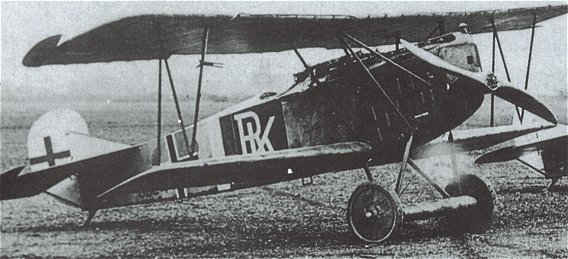
Morane-Saulnier Type N
This little monoplane started out as a scout before becoming the first French fighter aircraft. A metal propeller spinner at the front streamlined it but eventually had to be removed because it prevented air getting over the engine, leading to over-heating.
The Type N was fitted with a fixed machine-gun before the Allies had developed an interrupter gear to stop the gun shooting off the propeller. Metal bullet-deflectors were added to the propeller blades, to ensure bullets that hit them would bounce off. It was a technique developed by French pilot Roland Garros while flying a Type L.
Unfortunately, the bullet-deflectors were an imperfect solution to a serious problem. Bullets that hit the propeller blades could weaken the engine mount, shatter the propeller, or bounce back and hit the pilot.
The Sopwith Camel
Officially the Sopwith Biplane F.1, this British plane is almost entirely remembered by its nickname.
The Camel was a powerful and maneuverable machine. Its forward center of gravity and sensitive controls meant it was easy to turn. It was good news for experienced pilots flying it in combat but sometimes proved fatal for new trainees.
The Camel’s most unusual feature was an amazingly quick right turn, achieved using the torque of its large rotary engine. The torque also meant the Camel’s nose tried to turn heavily down during right turns and up when going left. Pilots using the sharp three-quarters right turn instead of a one-quarter left turn did so at their own risk.
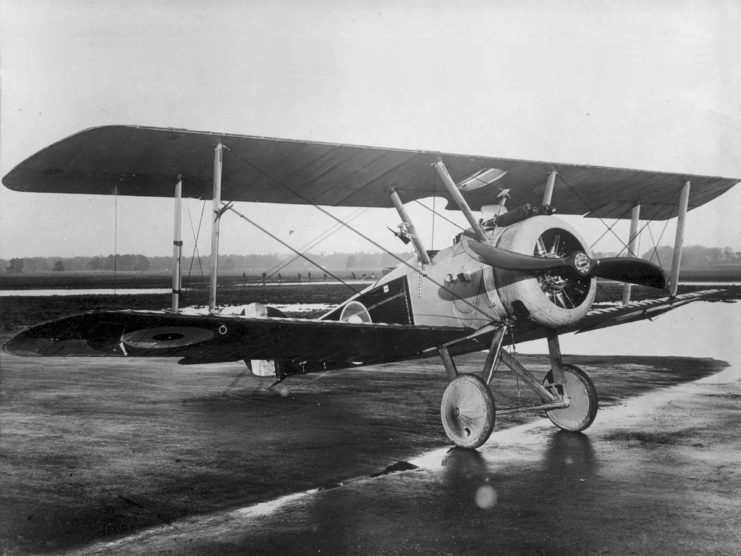
SPAD S. Series
The S.VII, produced by the Société Pour l’Aviation et ses Dérivés (SPAD), was the French company’s first really successful fighter. Sturdily constructed, it could perform the sort of high-speed dives that wrecked Fokker triplanes.
It proved immediately popular, leading to a succession of S-series planes. As with the Albatros D’s, each aircraft, in turn, gave its pilots an edge, before developments on the opposite side overtook it.
The SPAD S series was hugely popular among the Allied nations. France, America, Belgium, Britain, Italy, and Russia all used it. The American pilots of the Escadrille Lafayette were flying SPAD VIIs when they transferred from French service to the American Expeditionary Force in 1918.
Vickers F.B.5
Nicknamed the Gun Bus, it was the first British plane to carry a mounted machine-gun. It was a pusher rather than a puller aircraft; the propeller was behind the crew instead of in front of them. It avoided the problem of how to shoot past a propeller and allowed a machine-gun to be mounted in the forward seat, occupied by the gunner/observer.
The Gun Bus was strong but slow, and so became vulnerable as better-armed, and faster moving Fokker aircraft appeared. After a few months of front-line combat, it was withdrawn and used for training purposes.
Source:
Francis Crosby (2010), The Complete Guide to Fighters & Bombers of the World
